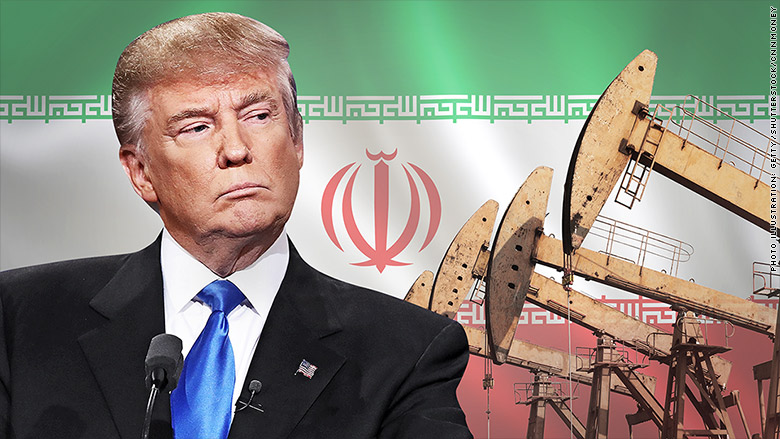Alright, let’s talk oil. Friday saw a modest bump in crude prices, but don’t break out the champagne yet. The real question isn’t this fleeting uptick; it’s whether a fragile sense of trade optimism can genuinely outweigh the looming specter of increased Iranian supply. The market’s clinging to hope, but hope doesn’t fill pipelines.
We’ve witnessed a delicate dance between macroeconomic factors and geopolitical tensions, and right now, they’re working at cross-purposes. Any positive news regarding US-China trade talks gives a temporary lift, but the potential for Iran to ramp up oil exports is a significant bearish force. It’s a classic push and pull.
Knowledge Point: Understanding Supply Shocks & Geopolitical Risk in Oil Markets
Oil prices are notoriously sensitive to supply disruptions and geopolitical instability. When production is threatened – think wars, sanctions, or natural disasters – prices tend to spike. This is the core concept of a supply shock.
Iran’s potential return to the market isn’t just about volume; it’s about perception. Traders are anticipating increased supply, even before barrels are physically flowing. This anticipatory effect can depress prices.
Understanding how geopolitical events influence supply, and how the market anticipates those events, is crucial for oil trading. The emotional component (fear, optimism) often amplifies price swings.
Ultimately, the weekly closing direction hinges on whether these bullish hopes outweigh bearish fears. Will we see a weekly gain for oil, or will reality bite? I’m leaning towards cautious skepticism. Trading purely on sentiment is a recipe for disaster. We need concrete data, not just whispers of deals. Keep a close eye on Iranian export figures – they’ll tell the tale.







